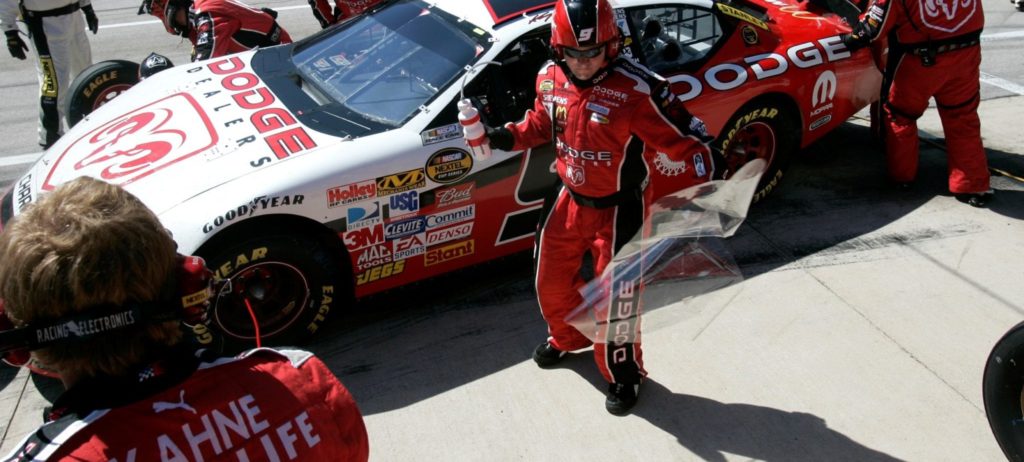
Limitations of Single-Layer Tearoffs
Historically, tear-off film in motorsports was used as a type of multi-layered disposable lens. As the top layer accumulated mud, rubber, fuel, oil and water, the driver’s vision would become obscured. After the driver removed the top layer, the next clean layer would be revealed to restore clear vision. This process would be repeated throughout the course of the race until the driver exhausted the supply of tearoffs, remaining visually impaired for the balance of the event.
Experience showed that simply increasing the size of the tearoff stack was not a good solution to extending visibility for a longer event. In fact, layering six or seven tearoffs reduced visibility to the point where it was unsafe to enter the track. In simple terms, drivers had to choose to start the race blind with too many tearoffs, or end the race blind with too few.
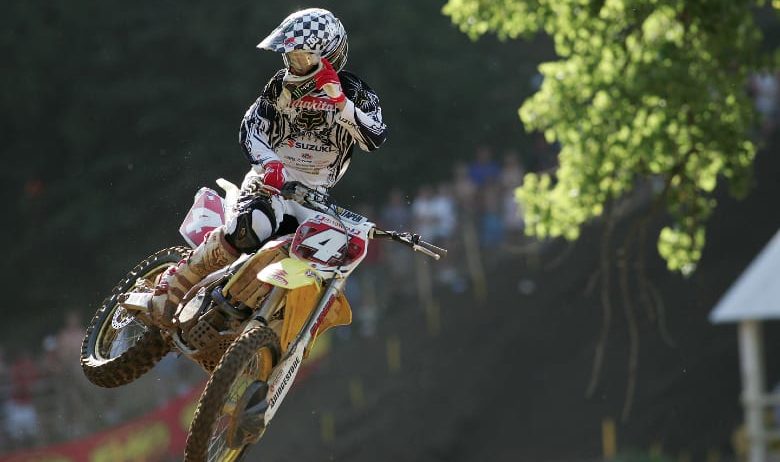
Optical Transmission and Reflection Basics
Everything that is transparent to light, everything you can see through, slows down the speed of light. There are all kinds of wacky things that happen when light is slowed down, including reflection. The more a material slows down the speed of light, the more it reflects off the surface. To compare; air slows light and reflects it the least, water more, glass and plastics more yet, and diamonds the most. This is why a diamond is so sparkly. For plastics used in traditional tearoffs, about 4% of the light reflects off the surface as the light passes from air into the plastic. There are two surfaces on each tearoff, one going in and one going out, therefore the reflection is about 8% for every tearoff used. This also means that the transmission is reduced to about 92 percent with a single traditional tearoff.
Looking in the Mirror Is No Way to Win a Race
As successive layers of tearoffs are added, the reflection increases by 8 percent per tearoff, while the transmission is reduced by 8 percent. By the time six or seven tearoffs are stacked up, the transmission is reduced to 50 percent, and the reflection is up to 50 percent. The loss in transmission is similar to putting on dark sunglasses, and the increase in reflection is like looking in a mirror. The technical measure of this is Visual Acuity. Visual Acuity is the product of contrast ratio and light level. A value of ten represents perfect vision, and a value of one is the equivalent of blindness where objects cannot be identified.
With traditional tearoffs, a driver was in effect putting on sunglasses at night and looking at himself in a mirror while attempting to maneuver a race car past 20 or so other cars at death-defying speeds.
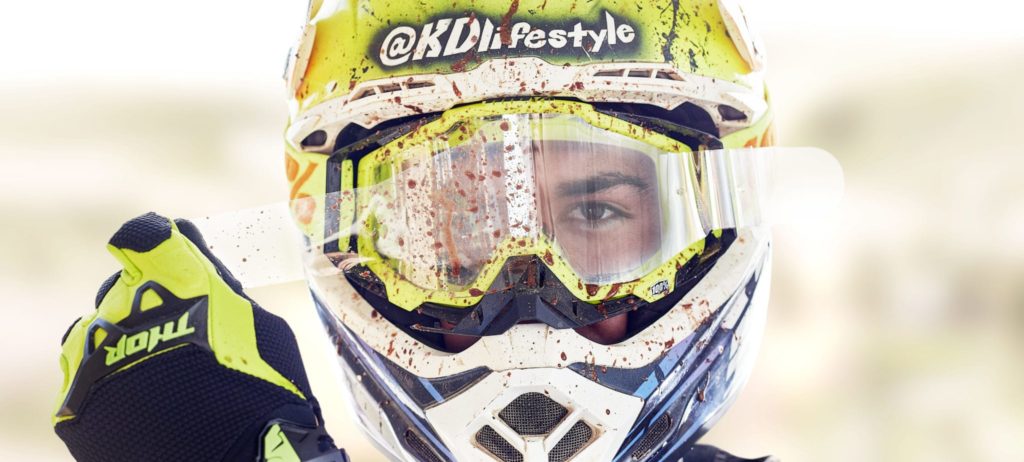
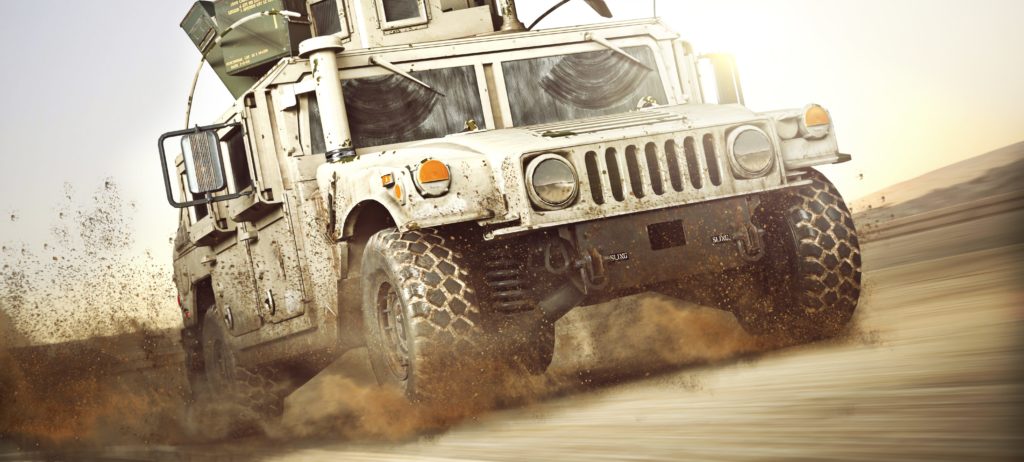
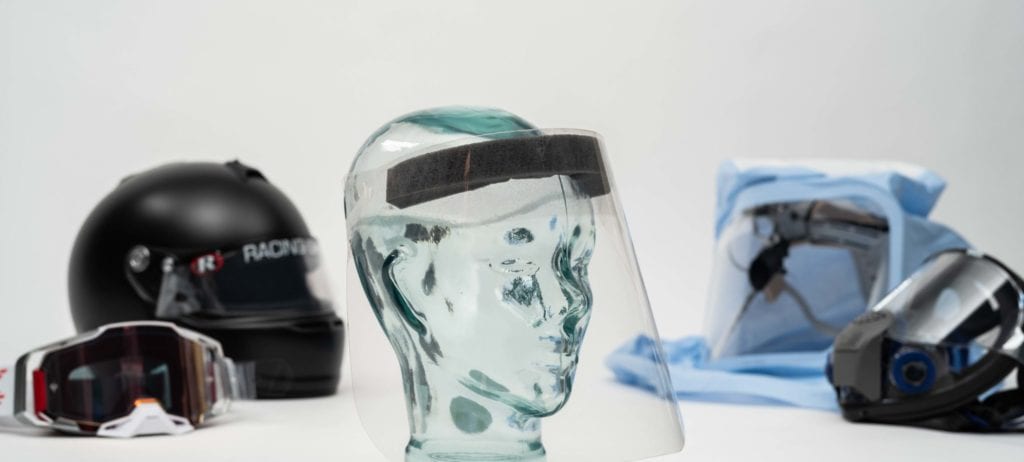
Transmission Measurements
The charts below give a graphical representation of the benefits to visibility in racing and the other industries served by Racing Optics.
Light Transmission
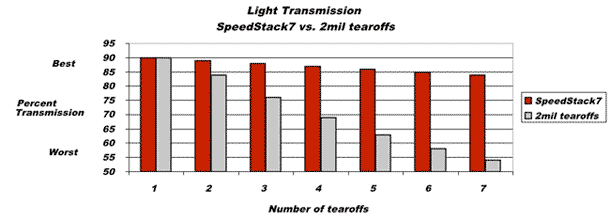
In the first bar graph, the light transmission is measured comparing the Racing Optics SpeedStack7™ and a standard 2mil thick tearoff. With only one layer, the light transmission of the 2mil tearoff and the SpeedStack7™ is the same. As additional layers are added, the standard 2mil tearoffs decrease rapidly to about 50 percent while the SpeedStack7™ remains almost constant with only about a 10 percent change in transmission.
Vision Index
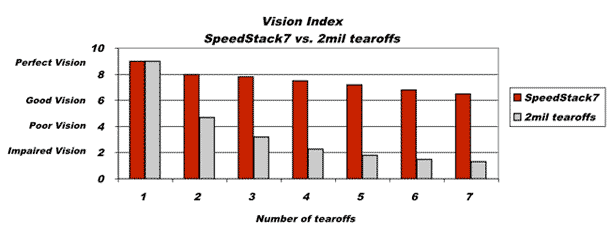
The Vision Index demonstrates the effect of the combination of the transmission values divided by the reflection values. As the reflection on the inside of the face shield increases and reduces contrast ratio, it competes with outside visibility. With the Racing Optics solution, the index illustrates a much higher performance.
View the list of our technology patents here.
View our technology papers here.